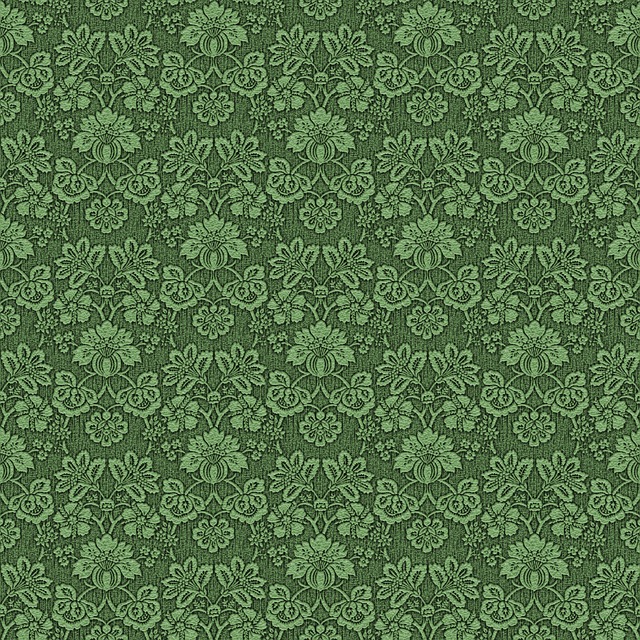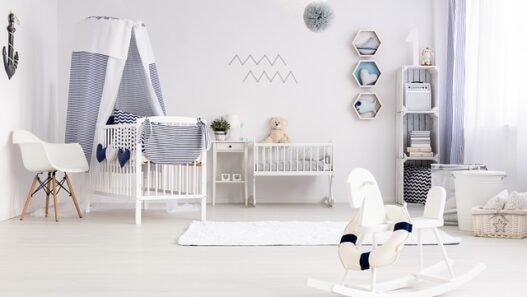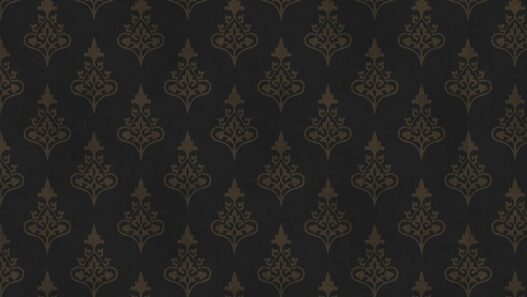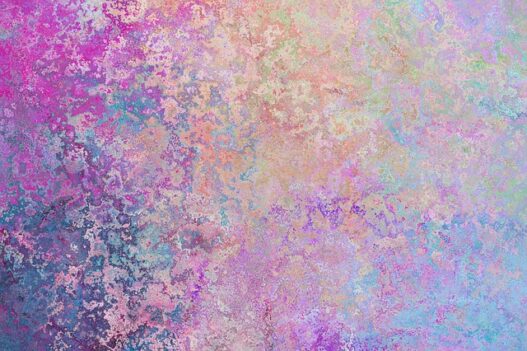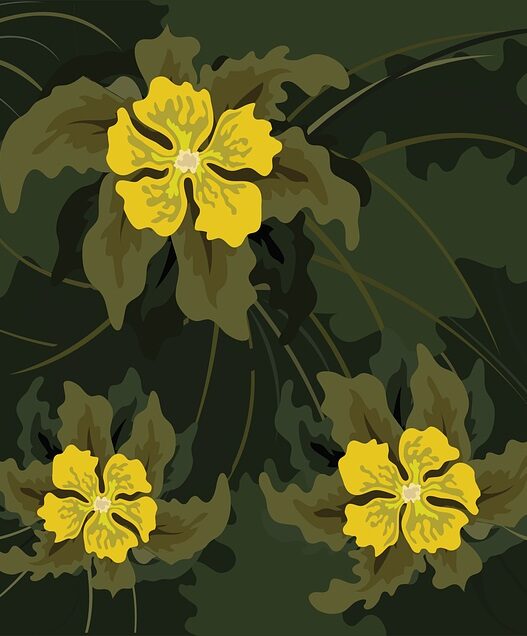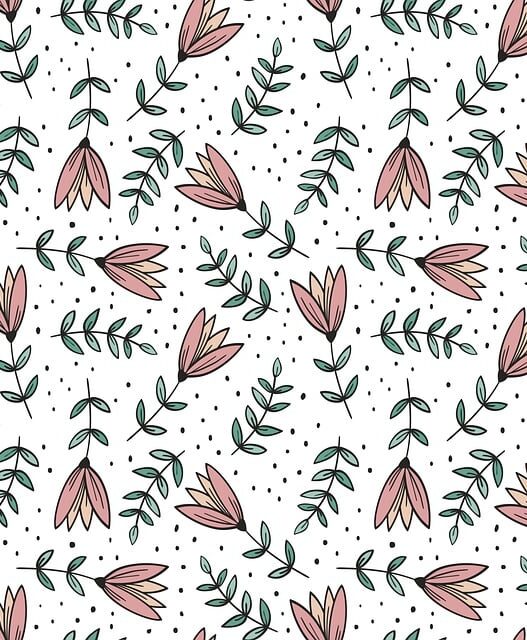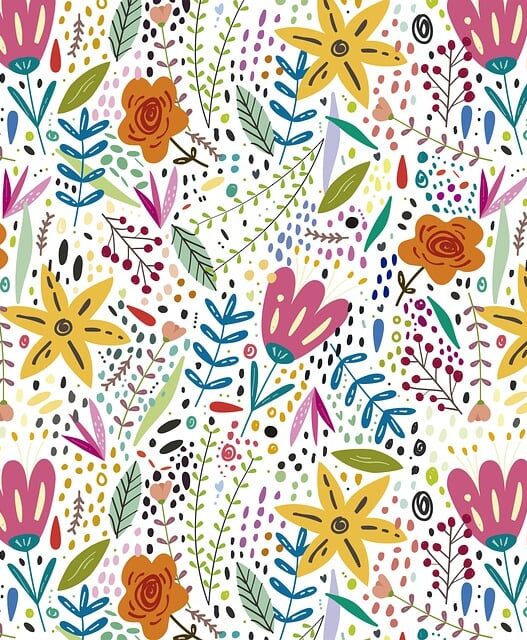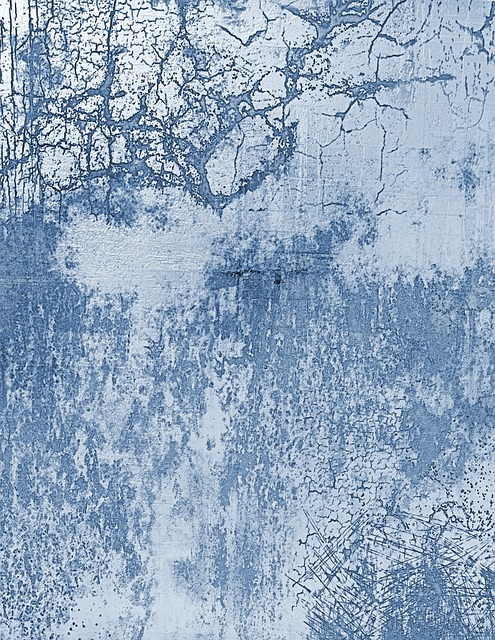Ah, the glorious journey of wallpapering! It’s a rite of passage for many home decor enthusiasts, a chance to transform a room from mundane to magnificent. But let’s be honest, the thought of misaligned seams and wonky patterns can send shivers down even the most intrepid DIYer’s spine. Fear not, fellow design adventurers! Today, we’re diving deep into the world of wallpaper alignment tools, uncovering the secrets to achieving that coveted, professional finish. No more crooked lines, no more pattern nightmares – just pure, unadulterated wallpapering bliss.
Now, you might be thinking, “Do I really need special tools? Can’t I just eyeball it?” And while a keen eye is certainly an asset, the truth is, a few well-chosen tools can elevate your wallpapering game from amateur hour to artisan masterpiece. Think of it as investing in your sanity and the aesthetic appeal of your home. After all, when you’re spending your precious time and money on beautiful wallpaper, you want it to look its absolute best, right?
The Unsung Heroes of Wallpapering: Your Essential Tool Kit
Let’s break down the must-have items that will become your trusty companions on this wallpapering odyssey. We’re talking about wallpaper hanging tools that are specifically designed to make your life easier and your results spectacular.
1. The Plumb Bob (or a Laser Level, for the Tech-Savvy): Your Straight-Line Savior
This is perhaps the most fundamental tool for perfect alignment. A plumb bob, a simple weighted string, allows you to establish a perfectly vertical line on your wall. Why is this crucial? Because very few walls are truly plumb. Starting with a perfectly straight line ensures that your first strip of wallpaper is dead straight, and every subsequent strip follows suit. For those who prefer a more modern approach, a laser level is an excellent alternative, projecting a crisp, straight line across your wall. This can be particularly helpful for longer walls or when you’re working alone.
Search Query Spotlight: “how to hang wallpaper straight,” “laser level for wallpaper,” “plumb line for wallpaper”
2. The Smoothing Tool (or Wallpaper Smoother): Banishing Bubbles and Wrinkles
Once your wallpaper is on the wall, the real magic happens with a good smoothing tool. These typically come in plastic or felt and are designed to gently press out air bubbles and smooth down any wrinkles. Using the right technique – working from the center outwards – you’ll achieve a flawless, bubble-free finish. Don’t underestimate the power of this simple tool; it’s the difference between a pristine wall and one riddled with frustrating imperfections. This is a key part of wallpaper installation tools.
Search Query Spotlight: “remove bubbles from wallpaper,” “wallpaper smoothing tool,” “best wallpaper smoother
3. The Utility Knife (with plenty of fresh blades!): Precision Cutting is Key
Sharpness is paramount when it comes to trimming wallpaper. A dull blade will tear and snag, leaving you with ragged edges. Invest in a good utility knife and, more importantly, have a plentiful supply of snap-off blades. You’ll want to change your blade frequently, especially when cutting around outlets, windows, and doors, to ensure clean, precise cuts. Remember, neat edges make all the difference in a professional-looking job. This is a vital wallpaper cutting tool.
Search Query Spotlight: “how to cut wallpaper straight,” “best utility knife for wallpaper,” “wallpaper trimming tips”
4. The Seam Roller: Blending Those Beautiful Joins
The seams between wallpaper strips are often the most telling sign of an amateur job. A seam roller, typically a small, rubberized roller, is designed to gently press down and flatten these seams, making them virtually invisible. Apply light, even pressure, and work along the seam to create a smooth, seamless transition. This is crucial for achieving that “one continuous surface” look. It’s an essential wallpaper seam tool.
Search Query Spotlight: “how to hide wallpaper seams,” “wallpaper seam roller reviews,” “wallpaper edges smooth”
5. The Straightedge or Ruler: Your Guide to Perfect Trims
When cutting wallpaper, especially at the top, bottom, or around obstacles, a long, sturdy straightedge or metal ruler is indispensable. It provides a stable guide for your utility knife, ensuring perfectly straight cuts. Coupled with your sharp blade, this tool guarantees crisp, clean edges that truly elevate the final look. This is a must-have for wallpaper cutting guides.
Search Query Spotlight: “wallpaper cutting guide,” “straight edge for wallpaper,” “trimming wallpaper straight”
6. The Wallpaper Brush or Roller: For Even Adhesive Application (if not pre-pasted)
If you’re working with un-pasted wallpaper, a high-quality wallpaper brush or roller is essential for even and consistent adhesive application. A good brush will hold enough paste without dripping, and a roller will ensure a smooth, uniform coat, preventing dry spots that lead to bubbles or loose areas.
Search Query Spotlight: “how to apply wallpaper paste evenly,” “best brush for wallpaper paste,” “wallpaper adhesive roller”
7. Sponge and Buckets: For a Clean Finish
No wallpapering project is complete without a sponge and at least two buckets of clean water. One bucket for rinsing your sponge and tools, and the other for clean water to wipe away any excess paste from the wallpaper surface. Wiping off paste immediately prevents it from drying and leaving unsightly marks. A clean workspace and clean tools contribute significantly to a professional finish. This is part of your overall wallpaper installation kit.
Search Query Spotlight: “how to clean wallpaper after hanging,” “removing wallpaper paste,” “wallpaper cleanup tips”
Beyond the Basics: Advanced Tips for Wallpaper Perfection
While the tools above form the foundation of a successful wallpapering project, here are a few extra tips to truly nail that perfect alignment:
- Acclimation is Key: Always allow your wallpaper to acclimate to the room’s temperature and humidity for at least 24-48 hours before hanging. This prevents shrinkage or expansion after installation.
- Patience, Patience, Patience: Rushing is the enemy of good wallpapering. Take your time with each strip, ensure it’s perfectly aligned before smoothing, and don’t be afraid to gently pull it back and reposition if necessary.
- Practice Makes Perfect: If you’re new to wallpapering, consider practicing with a scrap piece of wallpaper on a hidden wall or even a large piece of cardboard. This will help you get a feel for the tools and techniques.
- Read Your Wallpaper’s Instructions: Every wallpaper is different. Always read the manufacturer’s instructions for specific hanging techniques, adhesive recommendations, and pattern matching.
Conclusion: Your Path to Wallpapering Mastery
Armed with these essential wallpaper tools for beginners and seasoned pros alike, you’re well on your way to achieving perfectly aligned, stunning wallpaper. Remember, it’s not just about covering a wall; it’s about transforming a space, expressing your style, and creating a home that truly reflects you. So, gather your tools, unleash your inner decorator, and get ready to enjoy the satisfying feeling of a perfectly wallpapered room. Happy hanging!
